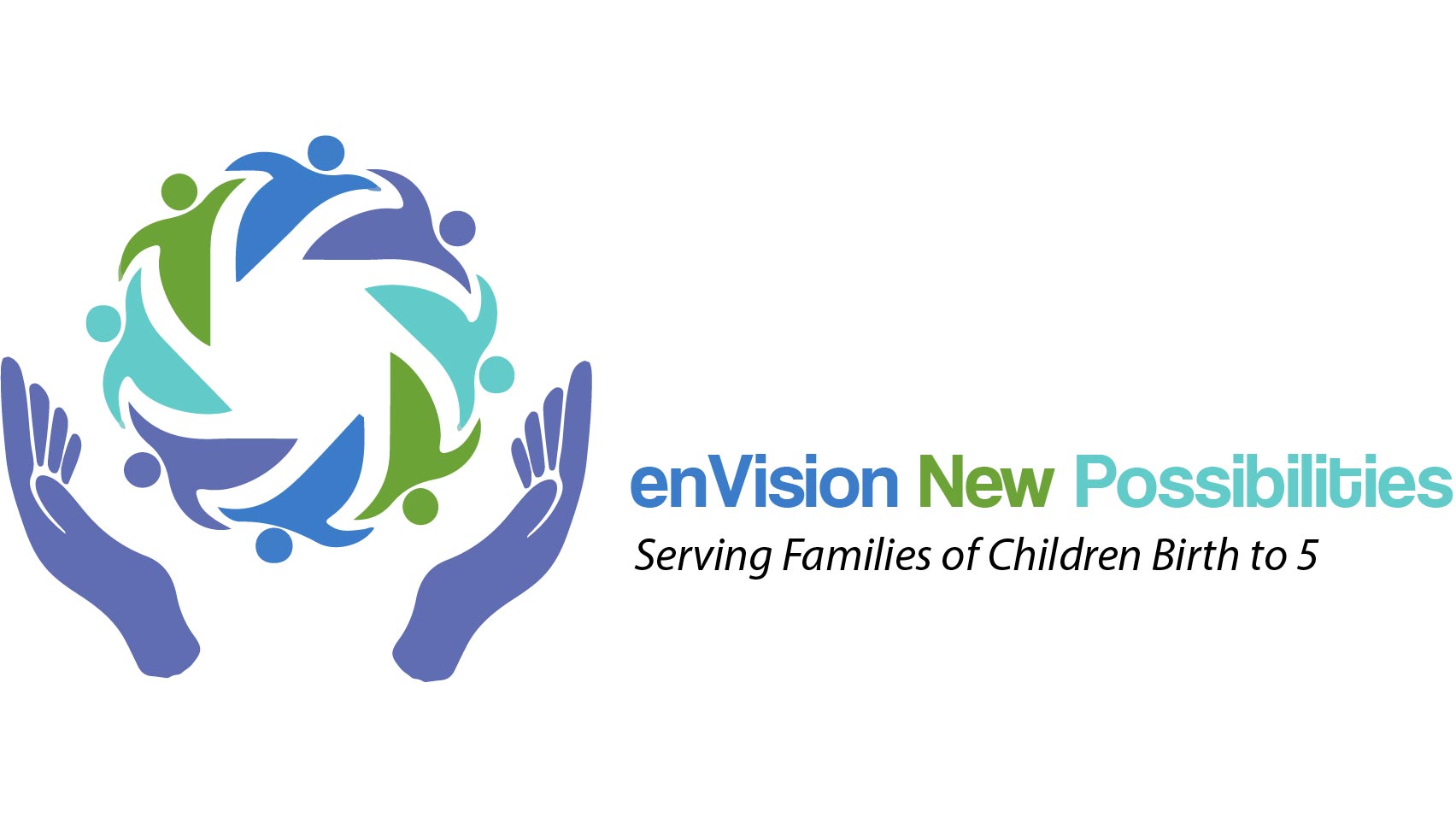This originally appeared on the AAPD website by: Jess Davidson Note: This resource is based…
Invisible No More
PA Legislators Set Precedence for Inclusion of Disabled People’s History, Culture & Contributions in the Curriculum
Disabled people across the state of Pennsylvania are celebrating a historic piece of legislation that will bring disabled people’s history, contributions, experience, and culture into the K-12 Curriculum: The Disability Inclusive Curriculum Legislation. This was included in the education code and signed by Governor Wolf as part of HB1642.
Vision For Equality for being part of the Coalition across the state that led to this victory! Learn More about the Coalition by watching this video
The legislation sets up a 3-year pilot in schools to test out the curriculum followed by a statewide rollout. It promises that the curriculum will be created by organizations at least 50% controlled by disabled people.
We want to draw your attention to the organization that has trailblazed the efforts: Disability Equality in Education (DEE) has run the “Stigma Project” funded for the last five years by The Pennsylvania Developmental Disabilities Council ( PADDC) Although this non-profit is the first in the US to introduce such a comprehensive curriculum inclusive of disability. They recognize the responsibility and opportunity this legislation presents but challenges remain without funding.
The next months are crucial to make sure that the voices of disabled people influence the process from start to finish! Further funding at this critical time would ensure a disability community response is resourced and coordinated.
You are Invited to be a part of history!
We are building a toolbox of experts & diverse voices that want to speak out and help carry our mission to its fullest potential.
Support is needed for staff to develop an even more comprehensive curriculum that broadens the reach to ensure representation across all identities of the disability community. Ensuring that it addresses and modifies current resources to accommodate all grade levels.
Who else can we include?

